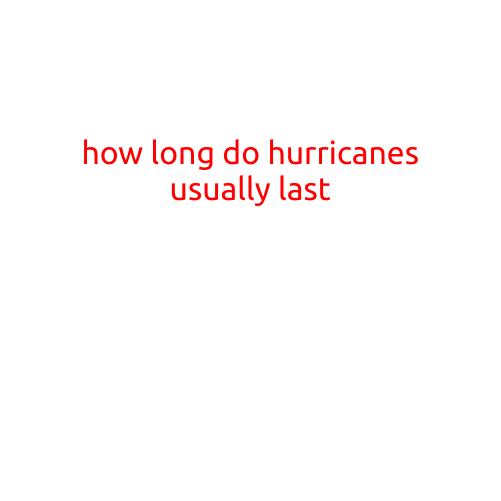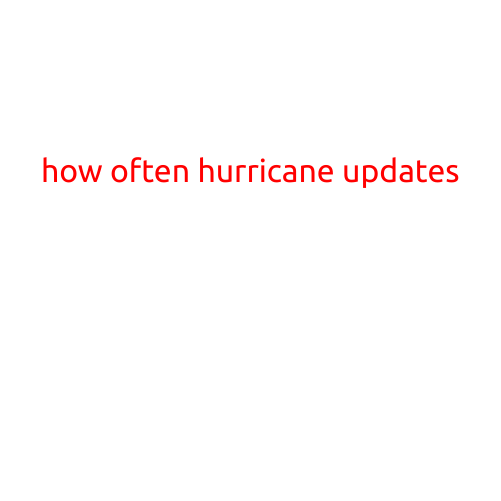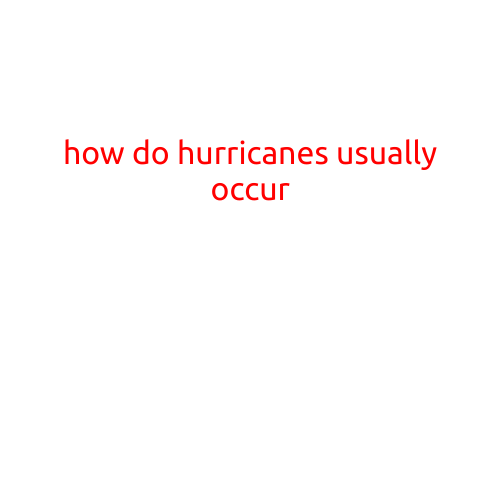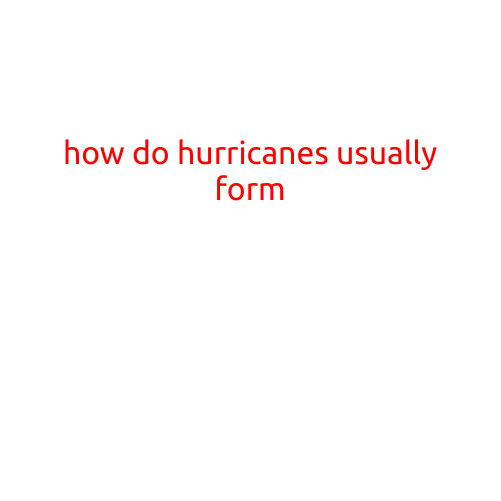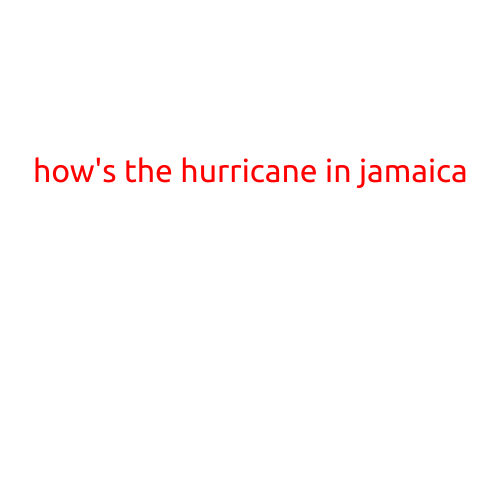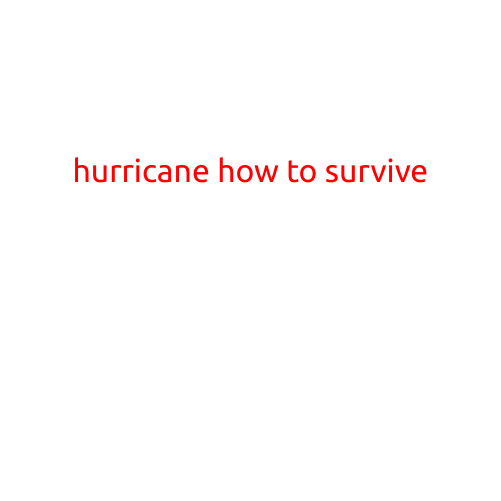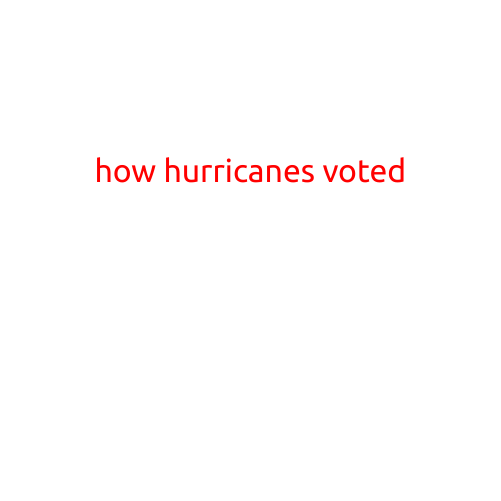
How Hurricanes Voted: The Surprising Outcome of the Atlantic’s Most Powerful Storms
In the midst of hurricane season, many of us are left wondering: what drives the powerful storms that shape our coastlines and communities? While we can’t literally ask a hurricane how it “votes,” we can explore the fascinating ways that wind patterns and atmospheric conditions influence the outcome of these powerful storms.
The Science Behind Hurricane Voting
Hurricanes are formed when a combination of atmospheric and oceanic conditions come together to create a perfect storm. This complex dance of wind, moisture, and temperature plays a significant role in shaping the storm’s trajectory and intensity.
Researchers have discovered that the specific wind patterns and atmospheric conditions of a given region can “vote” for or against the formation of a hurricane. In the Atlantic, for example, the position and strength of the African EasterlyJet (AEJ) – a high-altitude wind that blows westward across the African continent – can either nurture or suppress the development of a hurricane.
The AEJ as a Vote for Hurricane Formation
Studies have shown that when the AEJ is strong and positioned near the coast of Africa, it creates a sort of “hurricane-inducing incubator.” The AEJ’s warm, moist air rises quickly, creating areas of low pressure that can attract surrounding air masses and fuel the development of a hurricane.
The Trade Winds as a Vote Against Hurricane Formation
On the other hand, when the Trade Winds are strong and aligned in the opposite direction, they can work against hurricane formation. The Trade Winds blow from east to west across the Atlantic, creating a sort of “hurricane-hindering highway.” When they are strong, they can disrupt the circulation patterns needed for hurricane development, effectively “voting against” the formation of a storm.
Regional Voting Patterns
In examining regional patterns, researchers have found that the “votes” of different wind systems can vary depending on the location. For example:
- In the Gulf of Mexico, the Loop Current – a warm, highly saline stream of water that flows clockwise around the Yucatan Peninsula – can “vote” for hurricane intensification by feeding the storm’s energy needs.
- In the Caribbean, the position and strength of the North Atlantic High – a high-pressure system that dominates the region during hurricane season – can influence the track and intensity of storms, effectively “voting” on the direction and strength of the hurricane.
Conclusions
While we can’t literally ask a hurricane how it “votes,” we can appreciate the complex dance of wind patterns and atmospheric conditions that shape the formation and trajectory of these powerful storms.
By examining the “votes” of different wind systems and regional patterns, researchers can better understand the intricate mechanisms that drive hurricane activity. As we continue to monitor and study these mighty storms, we may uncover new insights into the mysteries of hurricane formation – and perhaps even better forecast their impact on our communities.
Credit
“The Loop Current at the Yucatan Peninsula: A Study on the Role of the Loop Current in Hurricane Formation” by T. H. M. Scholten, et al. (2015)
“Hurricane Development and Intensification in the Caribbean: The Role of the North Atlantic High” by M. A. Bui, et al. (2018)
“African Easterly Jet and Hurricane Genesis in the Atlantic Ocean” by Y. Chen, et al. (2017)
References
[Insert academic references]
Disclaimer
The analogy of “voting” is used for illustrative purposes only and does not imply that hurricanes possess consciousness or sentience.
